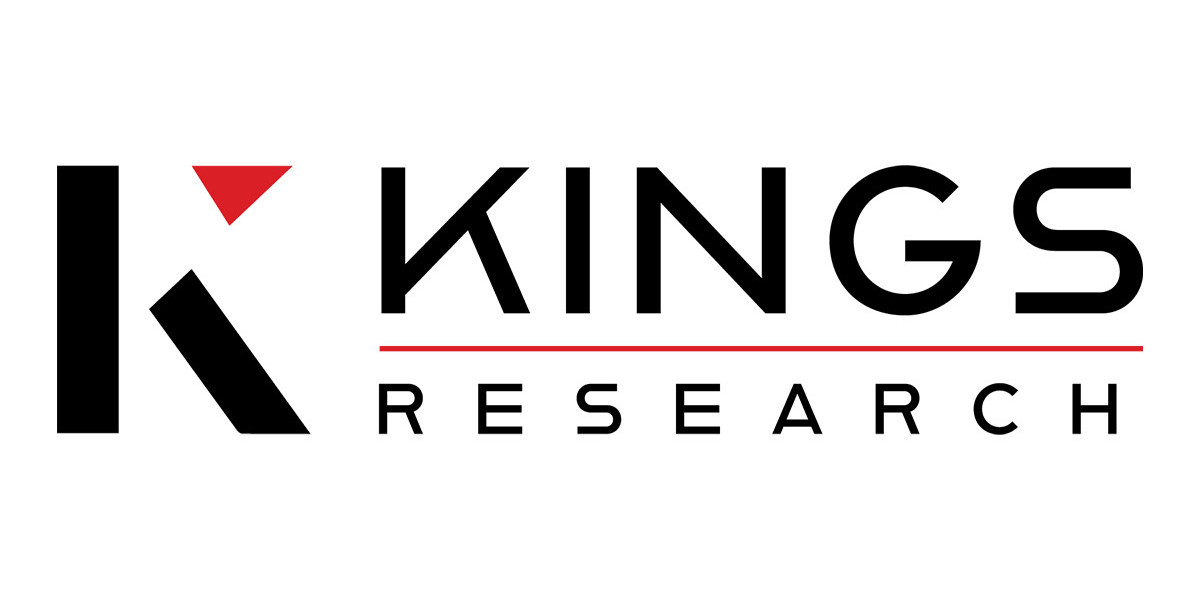The direct ophthalmoscope is one of the most essential instruments in clinical eye care, offering doctors a clear and immediate view of the retina and other internal structures of the eye. This handheld device plays a critical role in both routine eye check-ups and diagnosing serious ocular and systemic conditions. Despite being compact in design, it provides powerful diagnostic capabilities that make it indispensable in ophthalmology, general medicine, and emergency care.
What Is a Direct Ophthalmoscope?
It is a compact, monocular device used to examine the back of the eye (retina), including the fundus, optic disc, macula, and retinal blood vessels. It uses a built-in light source and a series of lenses to magnify the fundus up to 15 times, allowing detailed inspection of eye structures. Unlike the indirect ophthalmoscope, which offers a wider view, the direct version offers greater magnification with a narrower field of vision.
Key Features of the Direct Ophthalmoscope:
- Portability: Small and easy to carry, ideal for bedside and primary care use.
- High Magnification: Allows detailed viewing of specific parts of the retina.
- Adjustable Lenses: A range of diopters to compensate for patient and examiner refractive errors.
- Aperture & Filter Options: Enables better visualization under varying conditions.
Clinical Applications:
- Routine Eye Examinations
Doctors use it to detect early signs of conditions like glaucoma, macular degeneration, and diabetic retinopathy. - Neurological Assessment
A swollen optic disc (papilledema) can be a sign of increased intracranial pressure and is often first spotted with this device. - Systemic Disease Monitoring
Conditions like hypertension and diabetes can cause changes in the retina, visible during ophthalmoscopic exams.
Why It Matters:
It remains a cornerstone in physical diagnostics. Though advanced imaging technologies like OCT (Optical Coherence Tomography) have become widespread, the ophthalmoscope is still critical, especially in low-resource or emergency settings where rapid assessment is needed.
Understanding and using the direct ophthalmoscope effectively can help healthcare professionals identify vision-threatening and systemic diseases early. Its simplicity, portability, and diagnostic power make it a vital tool in the hands of clinicians around the world.



